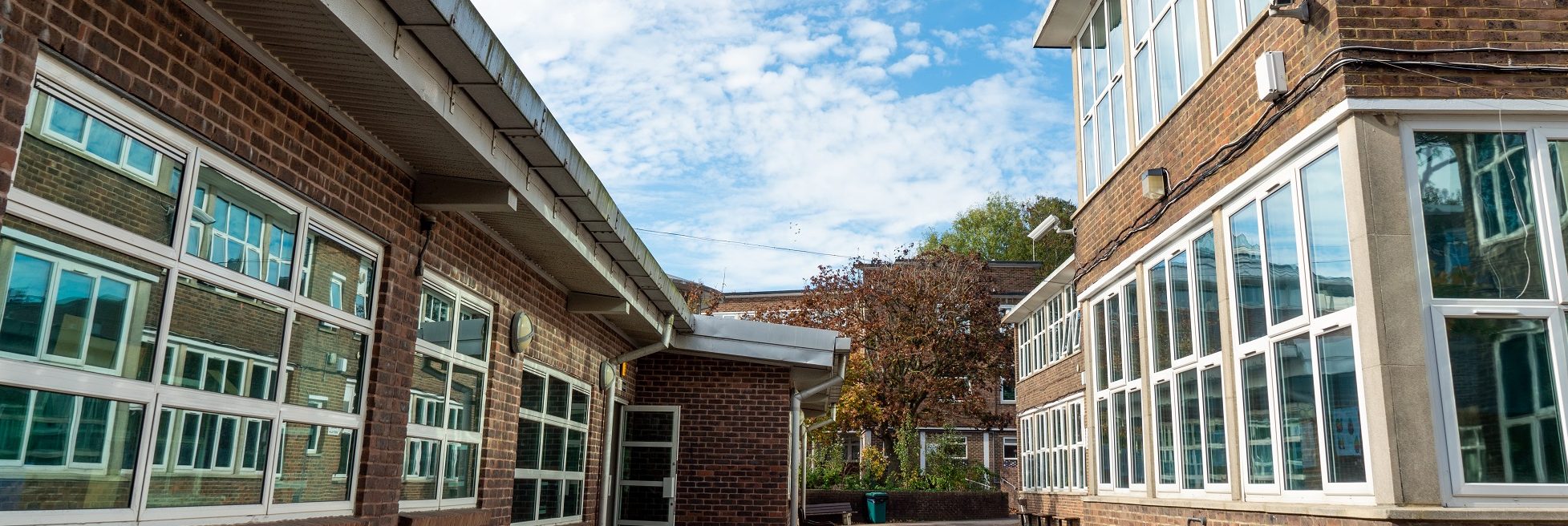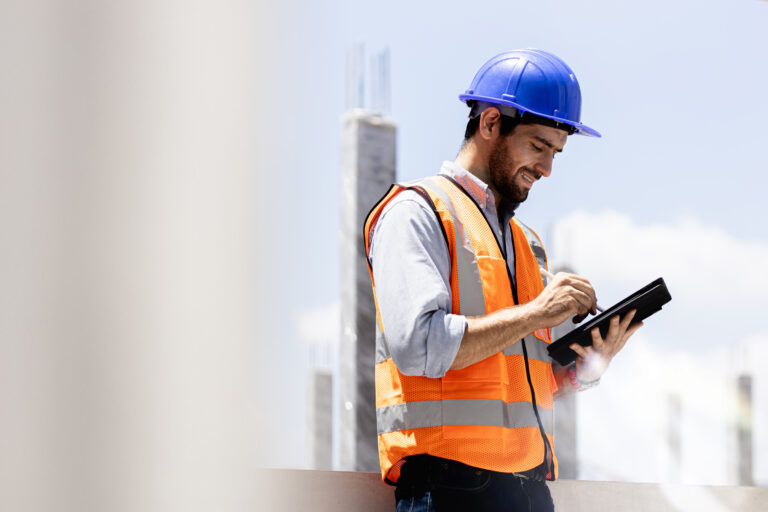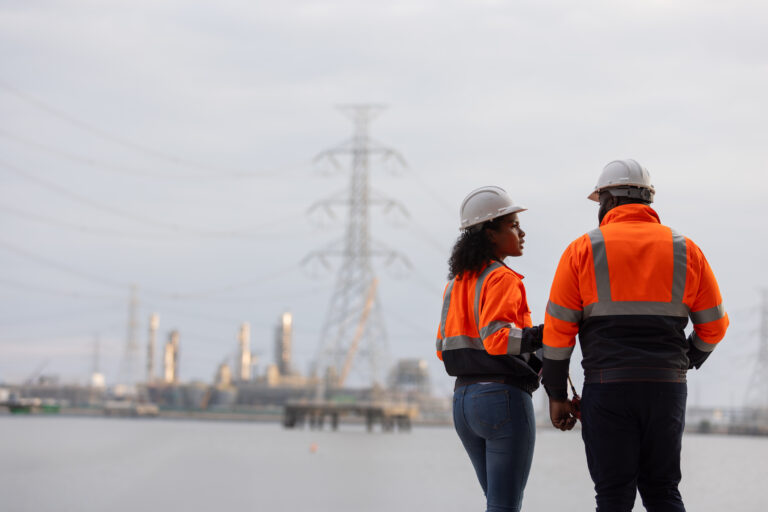Effective light management in educational facilities is more than just ensuring visibility. Proper lighting can significantly enhance learning environments, improve focus, reduce energy consumption, and lead to substantial cost savings. Here’s how to implement effective light management across different areas of your educational facility:
1. Optimising lighting in classrooms and study rooms
Classrooms and study rooms are critical spaces where learning occurs, making it essential to get the lighting right. Modern classrooms are expected to provide an optimal atmosphere that enhances both teaching and learning, all while being energy-efficient. LED lighting is an excellent choice for classrooms, offering bright, consistent light without causing drowsiness, unlike traditional incandescent bulbs. Moreover, LEDs are highly energy-efficient, contributing to overall cost savings.
Natural light is another valuable resource. When properly managed to avoid glare, natural sunlight helps keep students alert and focused. It’s not only beneficial for learning but also reduces the need for artificial lighting, thereby lowering energy consumption.
2. Enhancing hallways and pathways with effective lighting
Hallways and paths within educational facilities often lack windows, necessitating artificial lighting. Proper light management in these areas enhances safety and navigation. Installing sensors that adjust light levels based on time of day and occupancy can further reduce energy usage. For instance, dimming lights during class hours when hallways are less busy can conserve energy.
Outdoor pathways, sports fields, and playgrounds also require effective light management to ensure safety after dark. Durable, automated outdoor lighting, such as LED-lit pathways or bollard luminaires, is ideal for these areas. Solar-powered lights are an excellent option for reducing energy consumption and supporting sustainability initiatives.
3. Strategic lighting for auditoriums
Auditoriums and lecture halls present unique challenges for effective light management. The lighting must be adaptable to various teaching tools like presentations or videos while ensuring safe movement and visibility for note-taking. Direct/indirect LED luminaire lights are popular for these spaces due to their efficiency and versatility. However, it’s crucial to position these lights correctly to avoid obstructing students’ views.
4. Efficient lighting solutions for sports halls
Sports halls require flexible and efficient lighting solutions. Instead of a one-size-fits-all approach, consider preset lighting configurations tailored to different sports. For instance, basketball or volleyball may require less light than sports like squash or badminton, where tracking a smaller ball demands brighter lighting. Additionally, sports halls often double as examination venues, so ensure that the lighting setup can be adjusted to meet the needs of various activities.
5. Integrating motion sensors for energy efficiency
Implementing motion sensors is a practical approach to effective light management. These sensors reduce energy waste by ensuring lights are only on when spaces are occupied. Classrooms, canteens, corridors, and other common areas can benefit significantly from this technology, which minimises unnecessary lighting and lowers energy bills.
6. Leveraging solar light tubes
Solar light tubes are an innovative solution for bringing natural light into dimly lit areas within educational facilities. These tubes capture sunlight at the roof level and diffuse it into interior spaces, reducing the need for artificial lighting. Solar light tubes not only enhance the psychological well-being of students by providing natural light but also contribute to effective light management by cutting down on energy use and costs.
Conclusion: The impact of effective light management
Lighting can account for up to 15% of an educational facility’s energy bill. By implementing effective light management strategies, schools can significantly reduce energy consumption, lower costs, and decrease their carbon footprint. At Zenergi, we specialise in helping educational facilities optimise their energy usage and adopt greener practices. Contact us today to learn more about our energy solutions and how we can assist you in achieving these goals.














